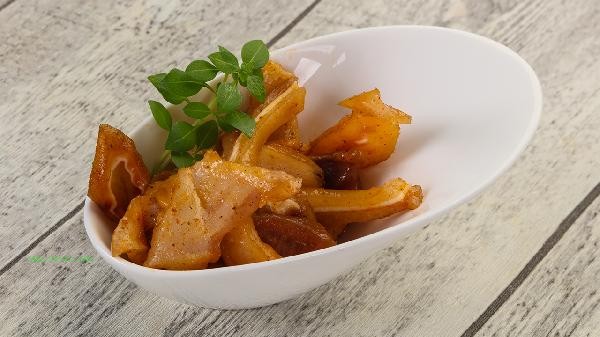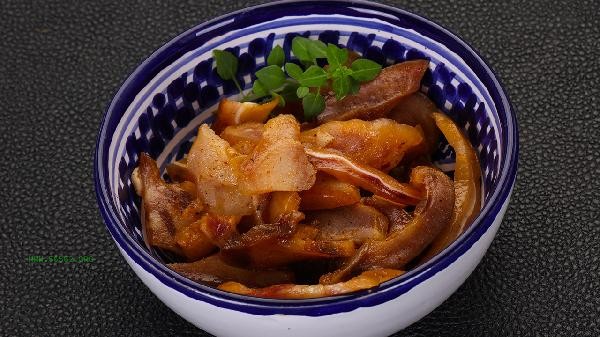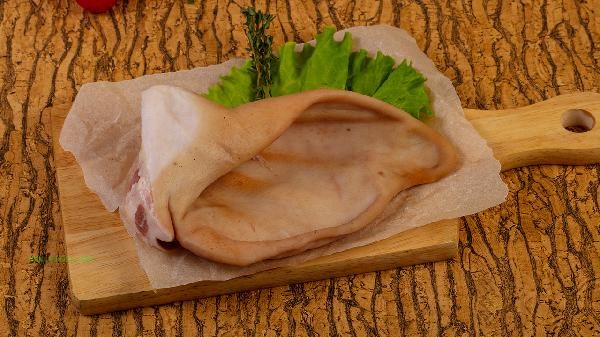The bean dregs after beating soybean milk still contain rich nutrients, mainly including dietary fiber, protein, calcium, B vitamins and other components. Although the nutritional value of soybean dregs is lower than that of soybean milk, the intake of dietary fiber can be increased through reasonable consumption.

Soybean residue retains about half of the dietary fiber in soybeans, mainly insoluble dietary fiber, which can promote gastrointestinal peristalsis and help prevent constipation. The protein content of soybean dregs is about one third of soybean milk, which belongs to high-quality vegetable protein and is suitable for vegetarians to supplement. Bean dregs contain a certain amount of calcium, with a calcium content of nearly one-third of milk per 100 grams, which is beneficial for bone health. The content of B vitamins, especially vitamin B1 and niacin, is relatively high in soybean residue, which helps with energy metabolism. Soybean residue also contains plant active ingredients such as soy isoflavones, which have antioxidant properties.

Nutrients in soybean dregs are partially lost during the beating process, for example, some water-soluble vitamins will be dissolved in soybean milk. Bean dregs have a rough taste and direct consumption may affect digestion and absorption efficiency. The phytic acid content in soybean residue is relatively high, which may affect mineral absorption. It is recommended to blanch it. Bean dregs are prone to spoilage and should not be stored at room temperature for more than 4 hours. They need to be refrigerated for preservation. Some people may be sensitive to the bean odor in soybean residue, which can be improved by seasoning.

It is recommended to make bean dregs into staple foods such as bean dregs Mantou and bean dregs cake, or add them into soup or fried vegetables. Bean dregs are suitable for people who need to control their blood sugar and blood lipids, but for those with weak gastrointestinal function, they should be consumed in moderation. Blanch before consumption to reduce anti nutritional factors, and pair with foods rich in vitamin C to promote iron absorption. The recommended daily intake is 50-100 grams to avoid affecting the intake of other nutrients. Bean dregs should not completely replace staple foods, and attention should be paid to a balanced diet.








Comments (0)
Leave a Comment
No comments yet
Be the first to share your thoughts!